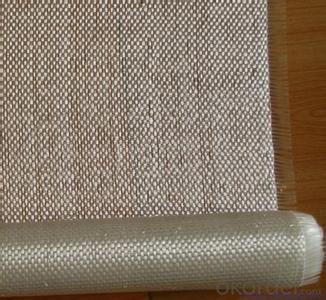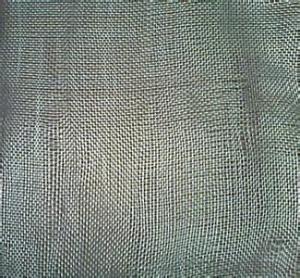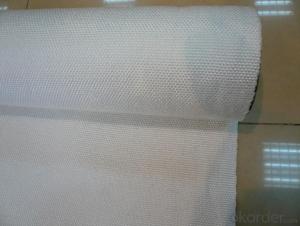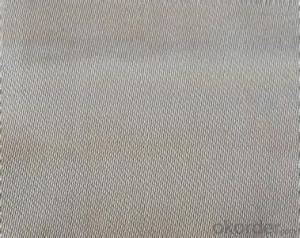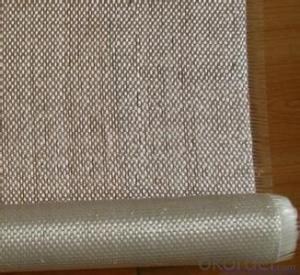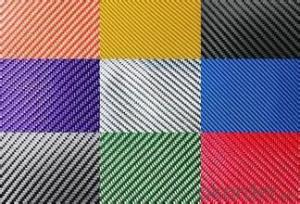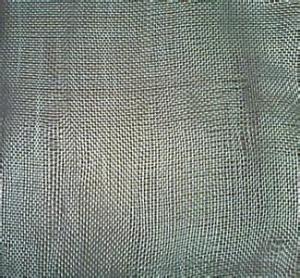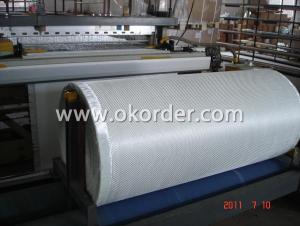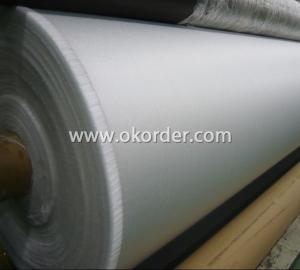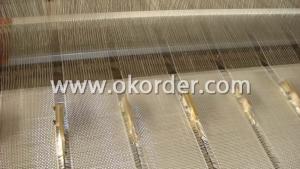Aluminum Coated Fiberglass Fabric - High Silica Fiber Glass Cloth with Good Price
- Loading Port:
- China Main Port
- Payment Terms:
- TT OR LC
- Min Order Qty:
- -
- Supply Capability:
- -
OKorder Service Pledge
Quality Product, Order Online Tracking, Timely Delivery
OKorder Financial Service
Credit Rating, Credit Services, Credit Purchasing
You Might Also Like
Quick Details
| Place of Origin: | Model Number: | ||||
| Application: | Weight: | Surface Treatment: | |||
| Width: | Weave Type: | Yarn Type: | |||
| Alkali Content: | Standing Temperature: | color: | |||
| fiberglass type: | product: | Pallet size: | |||
| packing: | carton size: | 20'ft container loading: | |||
| 40'ft container loading: |
Packaging & Delivery
| Packaging Detail: | plastic film+carton box + pallet |
| Delivery Detail: | 15-20days |
Specifications
1.High silica fiber glass cloth
2.Weight:300g/m2
3.Width: 50mm-3000mm
4.Good mechanical property and high strength
- Q: Is fiberglass fabric resistant to fading?
- Yes, fiberglass fabric is highly resistant to fading. Its composition and manufacturing process make it durable and less prone to color fading caused by sunlight exposure or regular use.
- Q: Can fiberglass fabric be used for insulation in telecommunications infrastructure?
- Yes, fiberglass fabric can be used for insulation in telecommunications infrastructure. It is a commonly used material due to its excellent thermal insulation properties, durability, and resistance to moisture and chemicals.
- Q: What are the different fiberglass fabric coatings for oil resistance?
- There are several different fiberglass fabric coatings that provide oil resistance. Some common options include silicone coatings, neoprene coatings, polyurethane coatings, and PTFE (Teflon) coatings. Each coating has its own unique properties and level of oil resistance, so the choice depends on the specific requirements of the application.
- Q: What are the different thickness options for fiberglass fabric rolls?
- The thickness options for fiberglass fabric rolls can vary, but commonly range from 0.5 oz to 6 oz per square yard.
- Q: Can fiberglass fabric be used for insulation in oil and gas facilities?
- Yes, fiberglass fabric can be used for insulation in oil and gas facilities. Fiberglass fabric is a commonly used material for insulation due to its excellent thermal properties, resistance to high temperatures, and its ability to withstand harsh environments. It is non-combustible and can effectively prevent heat transfer, making it suitable for insulating pipes, tanks, and equipment in oil and gas facilities. Additionally, fiberglass fabric is lightweight, flexible, and easy to install, making it a practical choice for insulation in these facilities.
- Q: How do fiberglass fabrics perform in terms of breathability for human comfort?
- For human comfort, fiberglass fabrics typically do not perform well in terms of breathability. This is due to their dense and tightly woven structure, which restricts the circulation of air. Consequently, efficient ventilation and airflow are not possible, causing discomfort and increased moisture accumulation on the skin. Moreover, fiberglass fabrics are commonly utilized in situations where thermal insulation is necessary, such as insulation materials or protective clothing. The insulation properties of fiberglass fabrics can confine heat and moisture, further diminishing breathability and potentially causing discomfort to the wearer. It is worth mentioning that there are alternative fabric choices available that offer superior breathability for human comfort. Natural fibers such as cotton, linen, and bamboo, as well as synthetic materials like polyester and nylon, are often favored for their ability to allow air to circulate more freely, thus keeping the body cool and dry. Therefore, if breathability and comfort are of utmost importance, it is advisable to consider fabrics other than fiberglass.
- Q: Are there any environmental considerations associated with fiberglass fabrics?
- Fiberglass fabrics have several environmental considerations to take into account. Firstly, the production process involves extracting raw materials like silica sand and limestone, which can harm the environment through habitat destruction and landscape alteration. Additionally, manufacturing fiberglass fabrics requires significant energy consumption, leading to greenhouse gas emissions and climate change. Moreover, the use of fiberglass fabrics often involves toxic chemicals like resins and adhesives, which pose risks to human health and the environment. These chemicals can potentially seep into soil and water sources, endangering ecosystems and biodiversity. Furthermore, fiberglass fabrics are not biodegradable and can persist in the environment for a long time. If not properly managed at the end of their life cycle, they can contribute to waste accumulation in landfills or incineration, both of which have negative environmental impacts. Nevertheless, it is worth noting that fiberglass fabrics have some positive environmental aspects. They are highly durable and have a long lifespan, reducing the need for frequent replacements and conserving resources. Additionally, fiberglass fabrics can save energy when used in insulation and construction materials, leading to decreased energy consumption and greenhouse gas emissions in the long term. In conclusion, while there are environmental considerations associated with fiberglass fabrics, their impact can be minimized through sustainable production practices, appropriate waste management, and the exploration of alternative, more eco-friendly materials.
- Q: Are fiberglass fabrics resistant to static electricity?
- Yes, fiberglass fabrics are generally resistant to static electricity. This is because fiberglass is a non-conductive material, meaning it does not allow the flow of electrical current. Static electricity is generated when two materials with different electrical charges come into contact and then separate, causing an imbalance of electrons. As fiberglass is a non-conductive material, it does not easily build up or hold static charge. This makes fiberglass fabrics less likely to generate or hold static electricity compared to materials that are conductive or have a higher level of electrical conductivity. However, it's important to note that the specific properties of the fiberglass fabric can vary depending on its composition and any additional treatments or coatings it may have.
- Q: Can fiberglass fabrics be used for outdoor applications?
- Absolutely! Outdoor applications are perfect for fiberglass fabrics. The durability and ability to withstand harsh weather conditions are what make fiberglass an ideal material for outdoor use. It is commonly seen in outdoor furniture, awnings, canopies, and covers. Moreover, fiberglass fabrics are highly resistant to UV rays, moisture, and mildew, ensuring that they retain their strength and appearance when exposed to the elements. Additionally, their lightweight and flexible nature make fiberglass fabrics a breeze to install and work with for any outdoor project.
- Q: What material can be used instead of fiberglass cloth?
- It is a glass glass fiber cloth woven by high temperature after snagging. Its product stability is very high, tensile strength is also unmatched by non-woven fabrics. And the fiberglass cloth decorative wall also has the permeability. Therefore, the two products are not interchangeable.
Send your message to us
Aluminum Coated Fiberglass Fabric - High Silica Fiber Glass Cloth with Good Price
- Loading Port:
- China Main Port
- Payment Terms:
- TT OR LC
- Min Order Qty:
- -
- Supply Capability:
- -
OKorder Service Pledge
Quality Product, Order Online Tracking, Timely Delivery
OKorder Financial Service
Credit Rating, Credit Services, Credit Purchasing
Similar products
Hot products
Hot Searches
Related keywords

